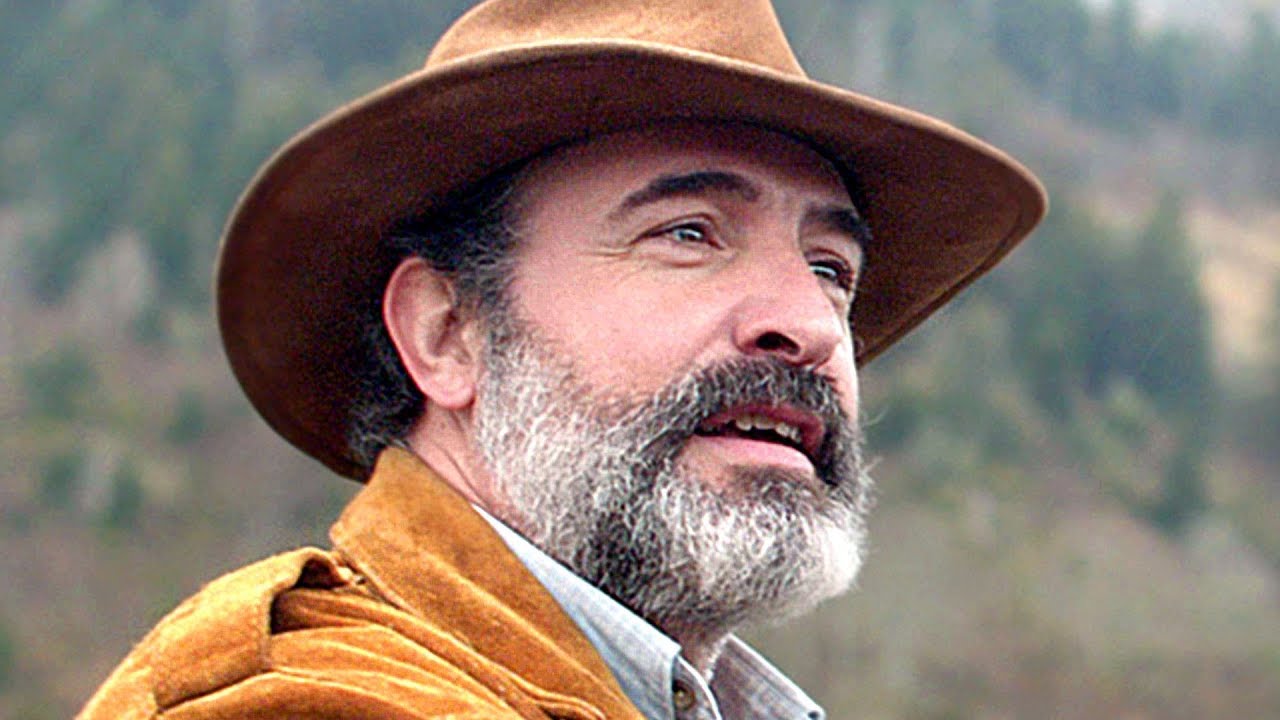
Although cinema is a very contemporary art form in the grand scheme of history, it would still be impossible to see every movie ever made in the past century alone. Many great and bizarre films have been released since the birth of cinema, presenting and expanding upon countless subjects and characters throughout global history, at times presenting offbeat and unique creations to the world. This list highlights 10 diverse and bizarre films from many decades of the history of cinema.
1. Beauty and the Beast (1946,Jean Cocteau)
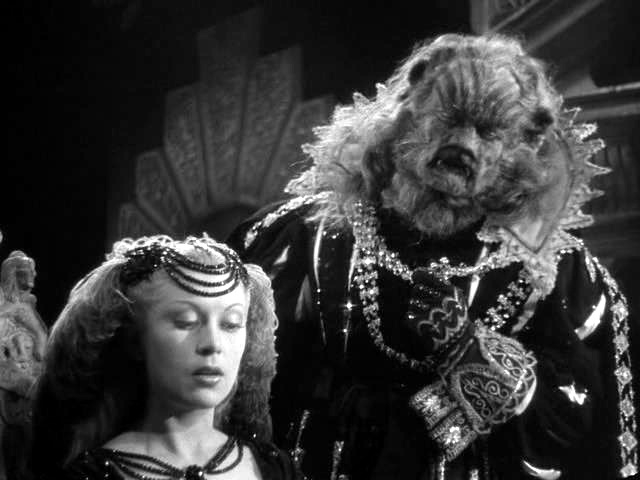
One of the first adaptations of the classic fairytale, the 1946 film version of Beauty and the Beast has been long celebrated in the culture of French cinema. With the iconic tale known by the masses, Cocteau embeds his version with romance, charm, and a uniquely bizarre style that makes for a classic tale worth revisiting.
Beauty and the Beast relies on little dialogue, instead speaking through the film’s grandiose settings and colossal emotions. Elements of the surreal are also found throughout the film from the beast’s makeup to the stilted abstract set pieces. These surreal touches fuel the lush visual language of the film. Cocteau is an important filmmaker in the history of France’s cinema, and this early dream-like adaptation of a film we have seen in many other forms stands out as a quintessential French film to see.
2. Woman in the Dunes (1964, Hiroshi Teshigahara)
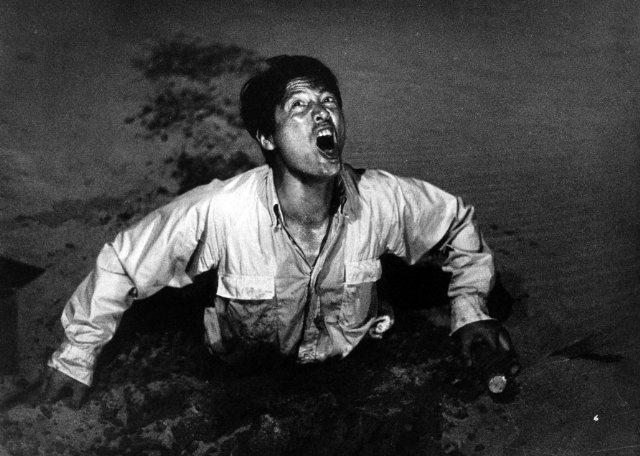
Woman in the Dunes is an avant-garde film of the 1960’s that should always be remembered. Popular upon its release, the film was even nominated for two Academy Awards. When Japanese bug collector Niki Junpei misses the last bus out of a desolate town, he is taken in by a widow who lives alone in the bottom of a quarry, only accessible by a rope ladder. When Junpei finds that the ladder has been taken away and he is trapped, he learns that he is the victim of a scheme to keep him there as a worker in place of the widow’s husband, and the film turns into a strange analysis of the conditioned human psyche.
Shot in black and white, the film shows a barren landscape that is not typically present in depictions of Japan. Woman in the Dunes has nuanced tones of hyer-sexual tension and power struggle between the widow and her trapped lover, which also are not conventionally portrayed in Japanese films of the time. As the bug collector is captured much like the bugs he gathers, Woman in the Dunes expands into an offbeat film loaded with anxiety and suspense. Fans of the unusual would very likely find many ways to enjoy the eccentricities of Woman in the Dunes.
3. Watership Down (1978, Martin Rosen)
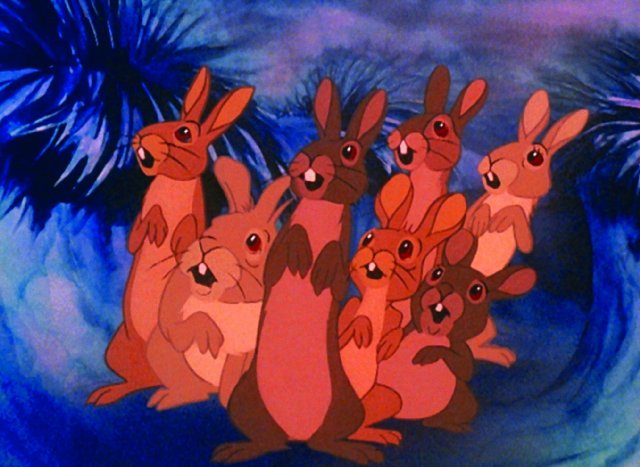
1978’s film adaptation of Watership Down must agreeably be one of the most terrifying animated movies ever to be marketed towards an audience of children. It is the story of a group of English rabbits who set out on an expedition to create a new society based on equality and safety. In some ways a survival film, Watership Down captures the unique tangibility of life experienced by prey animals such as rabbits.
Watership Down portrays the danger of being a small animal with many altercations between the rabbits and the rest of the world with a sense of realism that seems difficult to achieve within an animated film. Throughout the film, the focus group of rabbits also battle with personal freedom and dictatorial leadership, interestingly mirroring issues of humankind. Highlights of Watership Down include scenes representing the past as the rabbits share stories of the beginnings of their kind, with rough, almost-psychedelic animation that is captivating to watch. While it may be too much for young children, Watership Down is a striking animated film that vividly depicts the opposing forces of real life and is a work that should be noticed by many.
4. Cat People (1982, Paul Schrader)
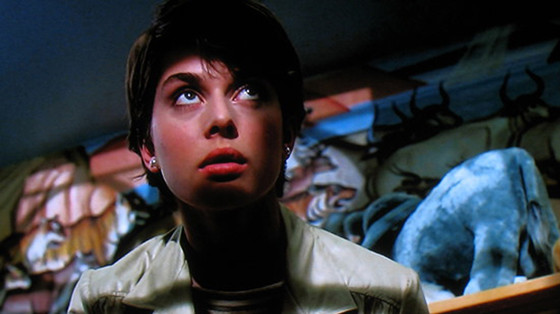
Cat People is a quintessential erotic horror film that still sparks provocative interpretations nearly forty years after the film’s release. Loosely based on a 1942 film of the same name, Cat People concerns the story of Irena, a strikingly beautiful woman who resettles in New Orleans to meet her long-lost brother. After meeting a man who gets Irena a job at a zoo that houses many large cats, the two connect romantically and a twisted story of obsession and desire unfolds.
Schrader’s Cat People explores the implicit and explicit taboos of lust, attraction, voyeurism and even incest in a stimulating manner. Irena is an interesting seductress to watch, as her intense allure puts all other characters to her mercy, or inversely her beauty puts her at their mercy. Balancing the more perverse elements, Cat People also possesses the entertaining qualities of a slasher film in many ways, literally emphasizing the film’s notions of carnivorous desire. Astonishing cinematography and a theme song by the iconic David Bowie are other contributing reasons that Cat People is a horror film to be seen.
5. Dead Man (1995, Jim Jarmusch)
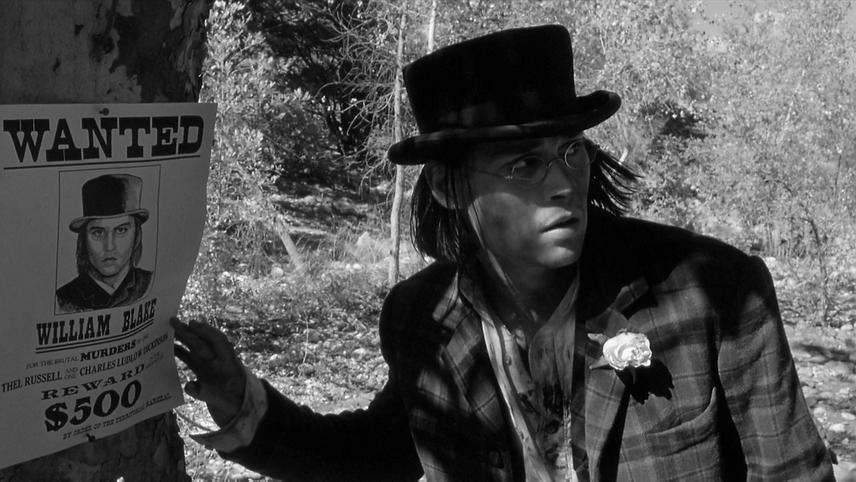
Set during the 19th century, Dead Man tells the story of William Blake, a man like many others who becomes disillusioned by promises of success in the developing American Western Frontier. A violent confrontation in a Western outpost town leaves a wounded Blake fleeing the town’s elite, wanted dead or alive. An encounter with a Native American man named Nobody (Gary Farmer in the role) then leads Blake down a path of spiritual rebirth as he moves towards his physical end.
With Dead Man, Jarmusch subverts myths of the American West and reinterprets the past with a dispirited and deliberate tone unique to his work. Dominated with outdoor sequences, the film depicts the destruction of the American West in a bleakly hypnotic manner, often mixing carnage and beauty within the same shots. Blake’s journey into nature led by the all-knowing Nobody is mournfully incredible, with Blake even learning the origins of his own name. Heightened by a superior cast and a score provided by Neil Young, Dead Man is a strange but rewarding period film that should not be missed.